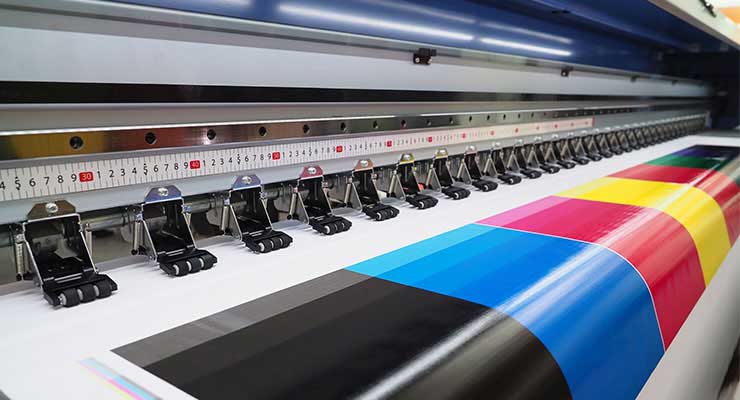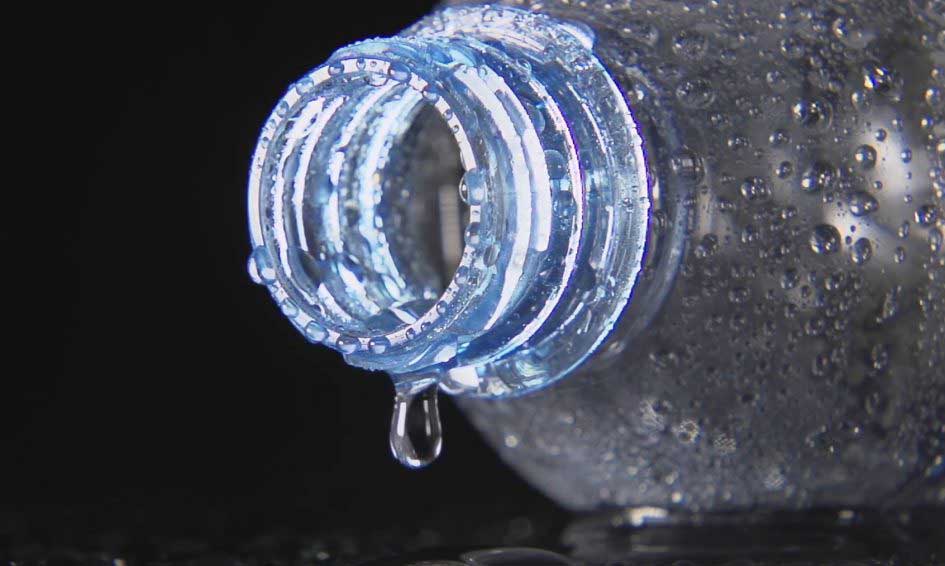There are around million metric huge amounts of rice created comprehensively consistently and even generally little ranches normally have high yield. When the cost of generation is developing, this oversight turns out to be more imperative than any other time in recent memory to look after gainfulness. With increasing expenses and high creation volume, rice agriculturists should now find a way to guarantee most extreme quality with each collect. In this post we will perceive how portable spectrophotometer is utilized as a part of expanding the quality and proficiency in Rice creation.
Maintaining the quality of output, however, can be a challenge. As such, many modern ranches incorporate modern advances all through the generation procedure, encouraging yield administration, gathering, and processing. Today, a key segment of streamlining quality control is the utilization of spectrophotometers that measure rice shading, a vital pointer of value.
Key Indicators of Rice Quality
There are numerous sorts of rice plants and conceivably a large number of rice assortments which can be made by crossbreeding those plants. Because of the variety of rice from plant to plant, there’s no all-inclusive framework for building up rice quality than the use of Spectrophotometer. There are, in any case, an assortment of elements known to show quality and ranchers utilize these elements to build up their own quality criteria. They include: Milling degree, whole versus harmed grains, Chalkiness, and Whiteness/Color.
With a high volume of rice to test, most makers confront challenges in finding viable approaches to survey issues of value in rice creation and streamline their frameworks. Since shading can give vital direction with respect to various quality parameters, shading estimation is an essential technique rice ranchers can actualize to beat these difficulties and guarantee quality, streamline generation, and expand productivity. All things considered, spectrophotometers are progressively being utilized as a part of both cultivating and processing, encouraging quick and precise quality appraisal.
Use of Spectrophotometry in the Rice Industry
Portable Spectrophotometers can be utilized to support useable volume generation in for all intents and purposes all parts of the rice cultivating process, from development to processing, as shading can offer a reasonable pointer to guarantee rice is sufficiently nurtured and processed adequately. With a specific end goal to acquire the important shading information important to advance quality, spectrophotometric testing can be executed at various focuses in the generation procedure, including During development, Before and amid processing and After processing.
It offer demonstrated outcomes with regards to setting up the perfect nature of rice. In any case, picking the correct device is basic to guarantee exactness, accuracy, and speed of shading estimation.





